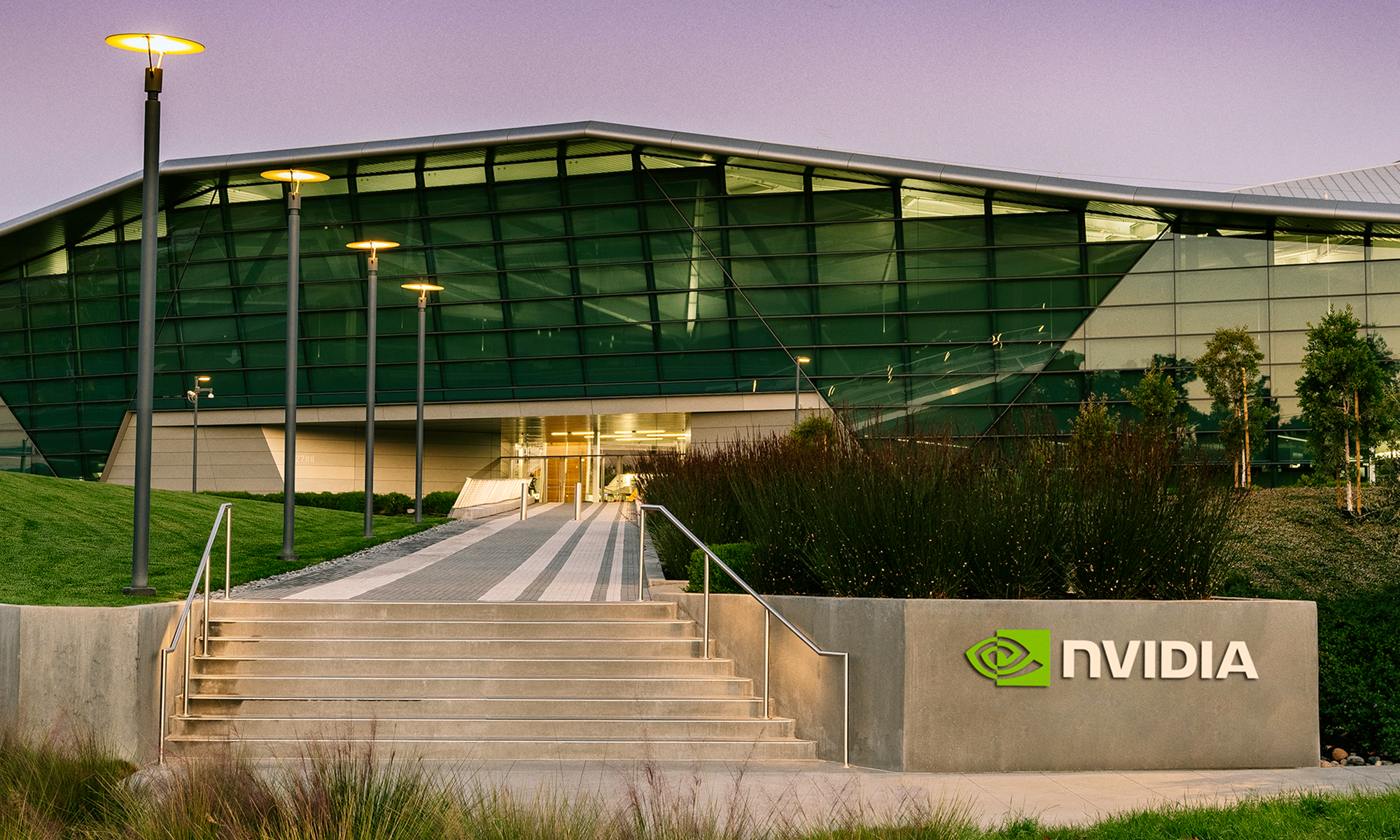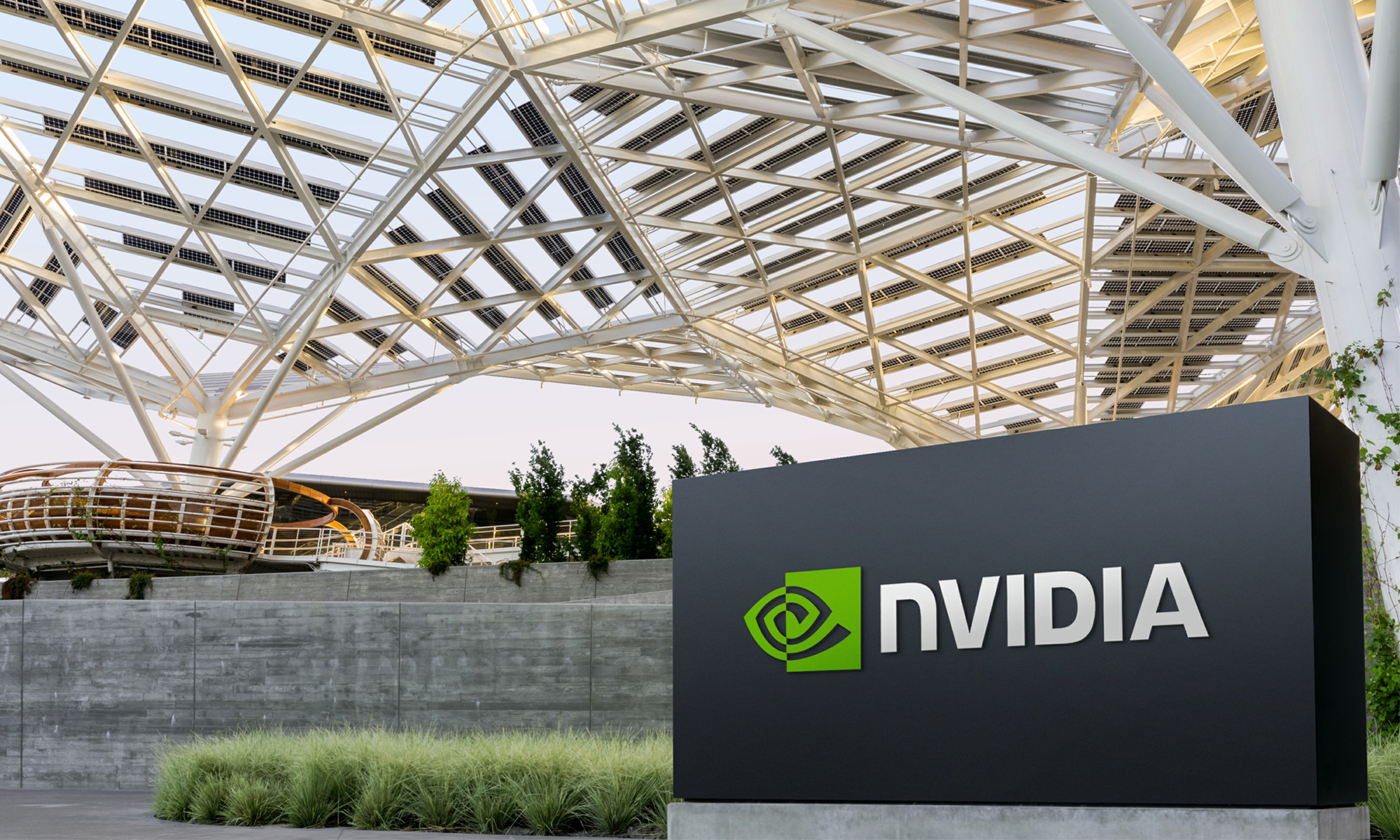The biggest trend in tech today is artificial intelligence (AI). While some market leaders look poised to see their stocks continue to soar higher, some laggards look like they could be well-positioned for the future. Let's look at three AI stocks to buy now.
Nvidia
Nvidia (NVDA +1.50%) is obviously a market leader, and its stock has been on fire over the past several years. With AI infrastructure expected to continue to soar in the coming years, Nvidia remains one of the best-positioned companies to benefit from this spending.

Image source: Getty Images.
Nvidia's graphics processing units (GPUs) have become the backbone of AI, and its CUDA software platform has created a wide moat for the company. CUDA has been deeply embedded in AI research for more than a decade, and since most foundational AI code was written for Nvidia's architecture because of this, switching to another platform would be both costly and time-consuming. That's why Nvidia's share of the GPU market still sits north of 90%.
Nvidia's numbers tell the story. Its data center revenue has soared from just over $10 billion two years ago to more than $40 billion last quarter. The company is also about more than chips, as its data center-networking revenue nearly doubled year over year to $7.5 billion last quarter. Today, its networking capabilities allow it to provide customers end-to-end solutions it calls AI factories.
With the AI infrastructure expected to grow up to $4 trillion in the next few years, Nvidia is a stock to own.

NASDAQ: NVDA
Key Data Points
UiPath
When AI started to become mainstream, UiPath (PATH +3.19%) had to transition its business. However, it had a strong foundation that should now begin to set it up well for the future. The company started as a pure-play robotic process automation company whose bots could help companies save time with repetitive tasks, such as data entry. Those types of tasks are still likely best served by bots rather than AI given the cheaper costs to run bots.
However, today UiPath is transforming itself into what it calls an agentic automation company where its platform will help AI agents, bots, and people to collaborate seamlessly. As the company moves toward deploying AI agents, there will need to be an AI platform to help orchestrate how various third-party AI agents interact, which is where UiPath now comes into play.

NYSE: PATH
Key Data Points
The company's recent partnerships show how serious it is about this transition. It's working with leaders like Nvidia to integrate AI models and with Alphabet to bring voice capabilities to automation. However, its most interesting collaboration is with Snowflake (SNOW 1.67%). By linking its platform to Snowflake's Cortex AI, UiPath will help companies to use their own structured data to drive real-time automation. That's a powerful advantage because clean, well-organized data is what makes AI truly useful in enterprise settings.
UiPath's fundamentals have started to improve again after a slower stretch. Last quarter, its annual recurring revenue (ARR) climbed 11%, while its net revenue retention stabilized at 108%. Meanwhile, earlier cost cuts have kicked in, helping expand operating margins and driving profitability growth. In addition, more than 450 customers are already building AI agents on UiPath's platform, and nearly all new customers are adopting both its RPA and AI tools together.
Trading at a price-to-sales (P/S) ratio of 5 times 2026 sales estimates, the stock is cheap. If it can can begin to accelerate its growth, the stock has a lot of upside from here.
GitLab
GitLab (GTLB +4.61%) is another company that has been undergoing a transition with AI. What started as a DevSecOps platform has evolved into a complete software development environment that helps teams build, test, and ship code more efficiently. Growth has been steady, with revenue increasing between 25% and 35% for eight straight quarters, including a 29% gain last quarter. Meanwhile, its net retention rate of 121% shows existing customers are expanding their usage.
One of GitLab's biggest potential catalysts is its shift to a hybrid seat-plus-usage pricing model. This pricing model shift accomplishes two big goals. The first is that it lets the company benefit more from the increased value its platform is now delivering to its customers, which should drive revenue growth. Second, it protects the company from any potential shift if AI happens to begin replacing coders, which has not happened yet.

NASDAQ: GTLB
Key Data Points
The other big potential growth driver for GitLab is its Duo AI agent that can assist developers not only in writing code through suggestions but also in reducing daily repetitive tasks so developers can focus on writing and improving code. Since most developers spend only about 20% of their time actually coding, this kind of automation directly boosts productivity and speeds up the entire development cycle. Duo is still early, and there is a lot of growth upside with the solution.
With gross margins near 90% and the stock valued at around 7 times 2026 sales estimates, GitLab's risk-reward profile looks appealing. Meanwhile, other companies have also apparently taken note, with rumors swirling that Datadog (DDOG +1.84%) could be interested in acquiring the company. It likely wouldn't be the only one. However, GitLab should not give itself away cheap, as the stock has plenty of potential future upside on its own.





